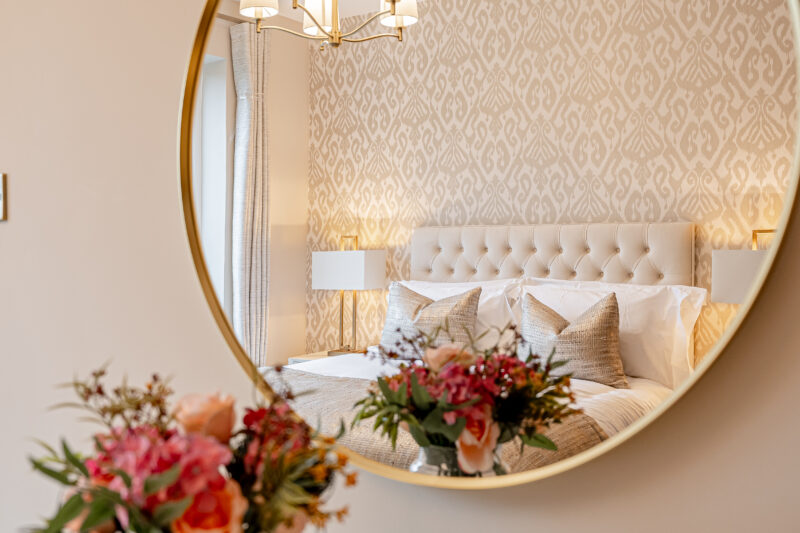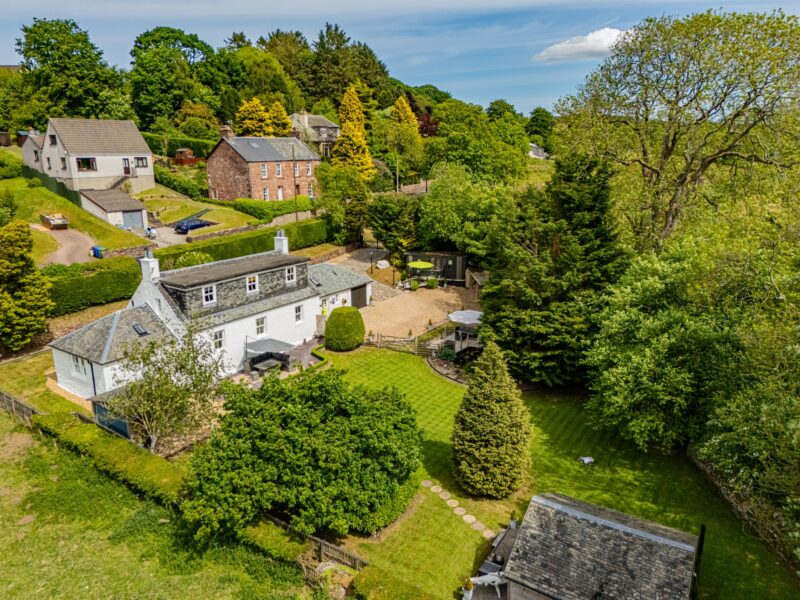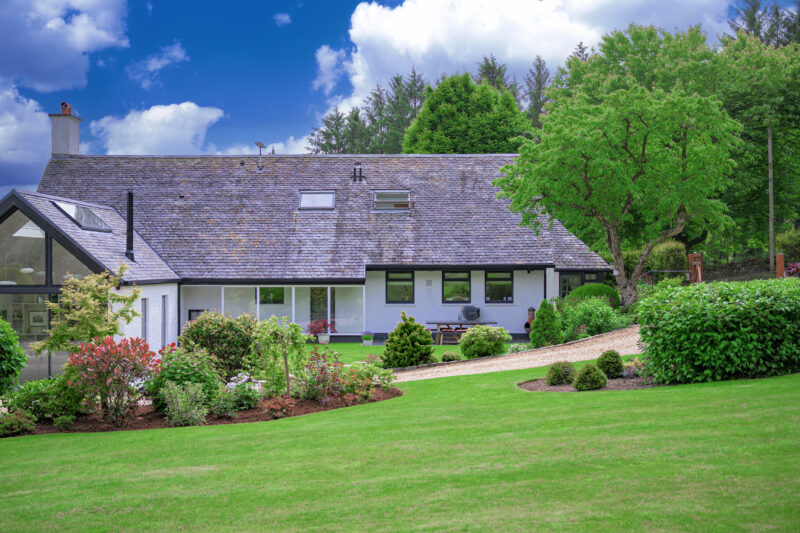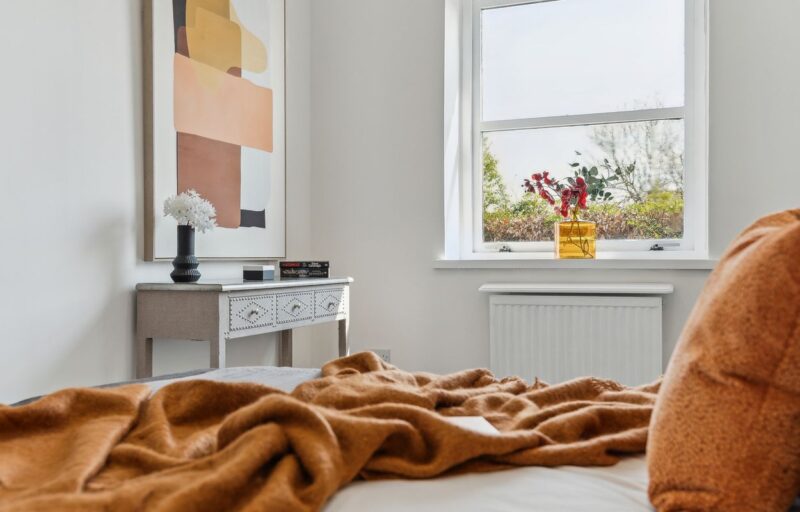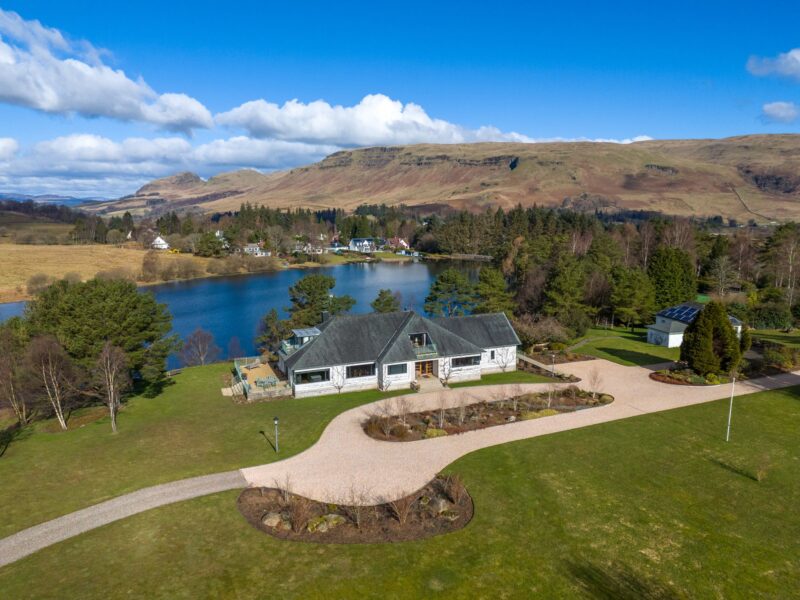
Designing Your Ideal Garden
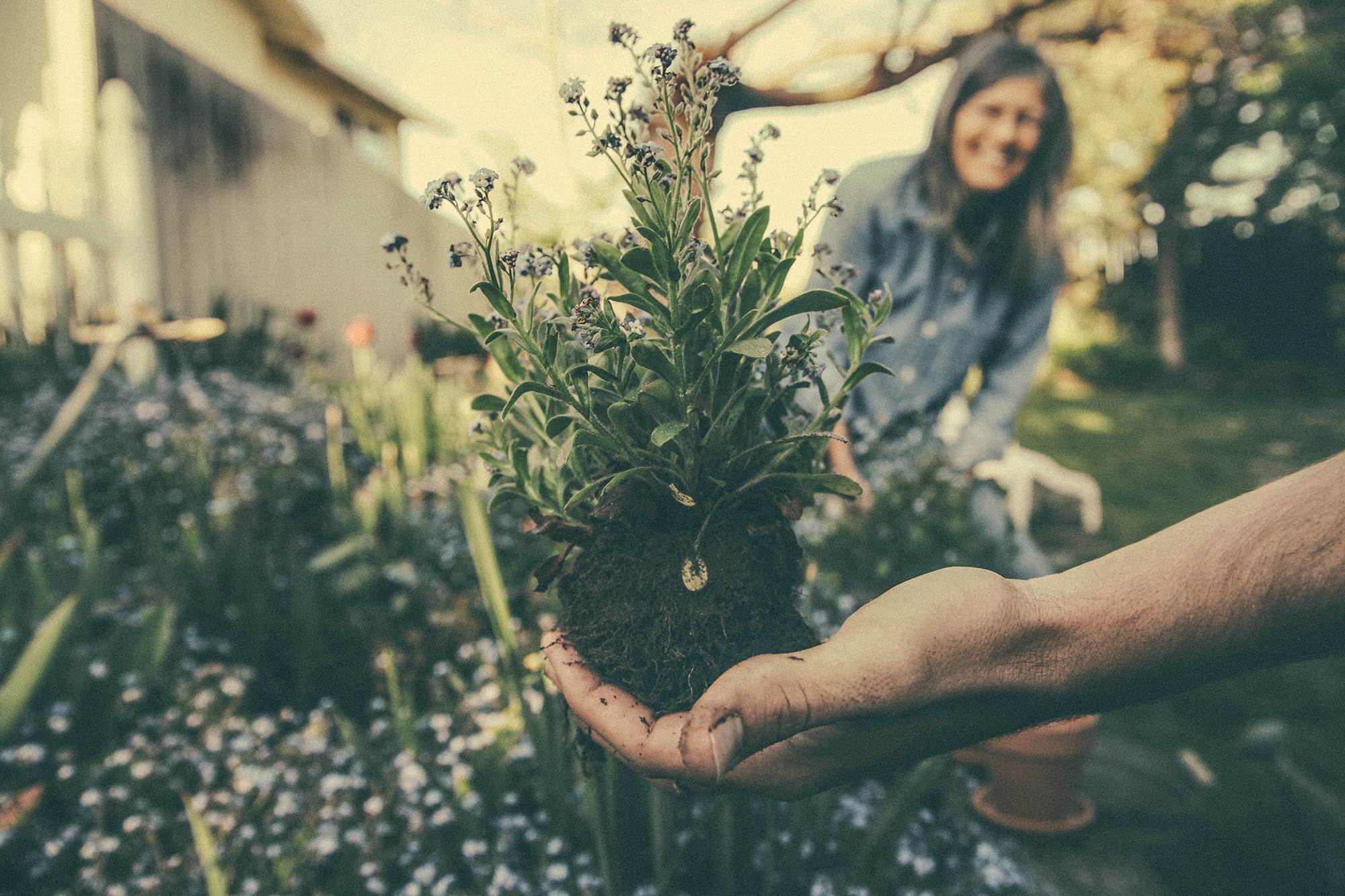
The sun has appeared here in Scotland, and in the last few weeks, we have all enjoyed our outside space for the first time this year. With this in mind, many of us are considering whether our gardens will work for us this summer or if they need a bit of a redesign.
While designing your garden, there are several things you need to avoid so that it is functional and looks great at the same time.
Consider the layout
Look at the items you have in the garden, including new or existing furniture and parasols, barbeque, and children’s play equipment (trampoline, swings, climbing frames etc.) as well as paved areas, turfed or decked. Take a step back and consider how you use the garden, who uses it the most, and whether it meets their needs. Do you need a garden primarily for young children to play in, or do you want a space mainly for cooking and entertaining? Do you like to party or relax outside, and do you want to use the area in all weather or just when the sun is out? Are you interested in growing plants, fruit and vegetable or do you want it to be low maintenance with little or no gardening required?
Although it’s essential to decide if the space will work for you in a connected way, it’s also essential that you try to make each area work in harmony – for example, don’t put your barbeque eating area next to a child’s play area, or a vegetable garden or flowerbed next to a football goal. Try to make everything fit comfortably together.
Sun direction
Remember to consider which way your garden faces when planning the space. If you are aware of the aspect, you can decide where to put certain items – you might want to maximise the sun for areas where you relax and read but minimise it for a child’s play area. It will also help you decide which plants to choose for the site and know which ones will thrive.
Create a harmonious space
Don’t overcomplicate the design of your garden – instead, try to keep it simple, as this will benefit you in the long run. Try to limit the different materials and colours you use in the garden and try to ensure that they complement the style and colour of your house. Choose a small variety of plants and flowers, and if you aren’t familiar with types of plants, choose a large wave of one sort than lots of bits and pieces. Talk to your local garden centre for the best advice on themes and styles when it comes to choosing plants.
An extension of your home
Your garden should be seen as an extension of your inside space – and as two linked areas. Make sure your palette inside works with the style and colours in your garden – if you have a modern home, try and stick to modern furniture. If you have a play area that will be a bit of a mess with muddy or thin patches of turf, try to place these out of sight from the main house.
Plan ahead
When choosing plants and flowers for your garden, consider the following years to maximise your budget. Many plants and flowers won’t return the next year, so you’ll have to start again the following spring.
Plants thrive when placed where the conditions suit them best, so get advice on where and when to plant so that their needs are met.
Be bold in small spaces
If you have a small outside area, it doesn’t mean you can’t have a significant impact. You can still make a small garden interesting, so design it to the correct scale and consider creating levels and interesting areas. This will also help it to seem bigger and more attractive.
You don’t need to have grass
People often think they need a lawn, but this isn’t always true. You might not want a lawn due to the upkeep, or if you have children, it could end up muddy in the winter. Consider artificial grass for children, paving, decking, raised flower beds, gravel or wood chip. There are many possibilities outside of grass.
Beautiful borders
You might not want to have a high-maintenance garden, but sometimes skimping on the number of plants and flowers isn’t the answer. Shrubs are a great way to fill your borders and create a low-maintenance area of your garden whilst giving it interest. Evergreen shrubs also look great in the winter months, and you can buy them relatively cheaply, even when they are large to fill out the space.
Clyde Property is a leading independent, multiple award-winning estate agent with over 30 years of experience in selling and letting property in Scotland. Call your local Clyde Property branch today for friendly, impartial advice on letting and renting property.

